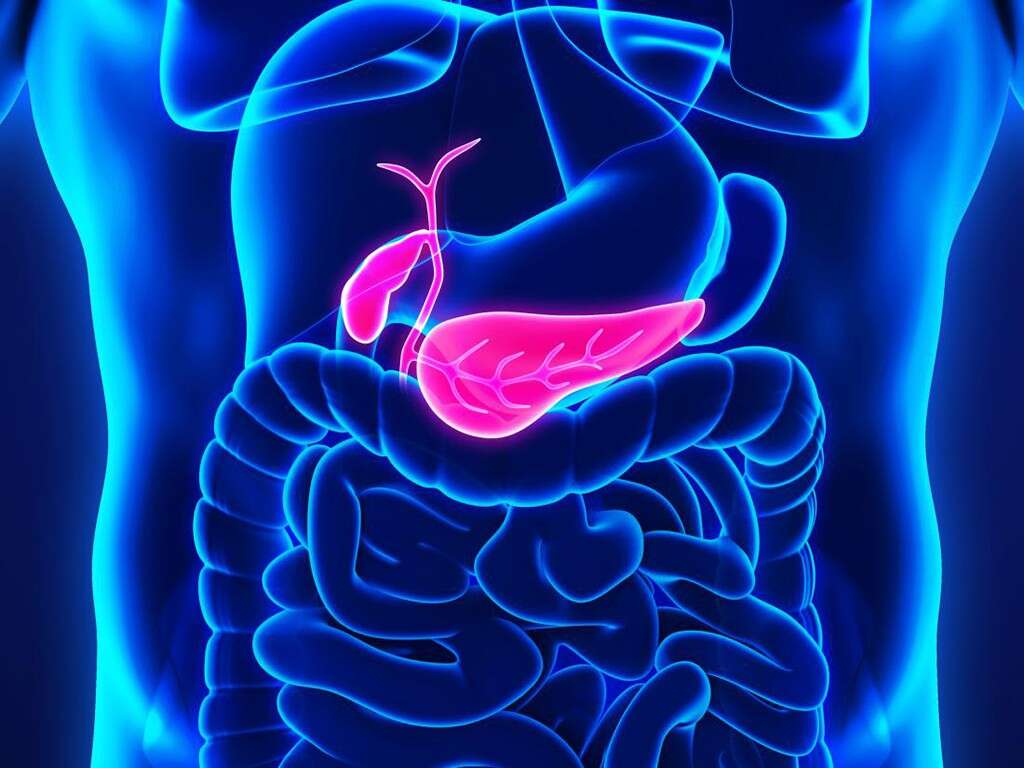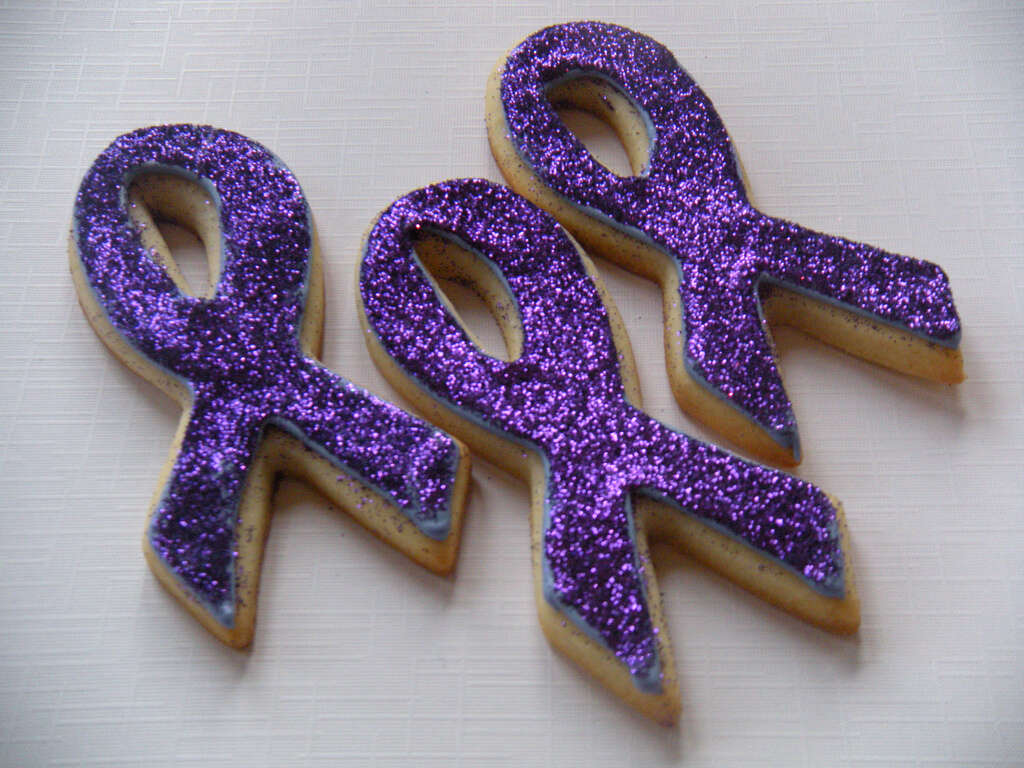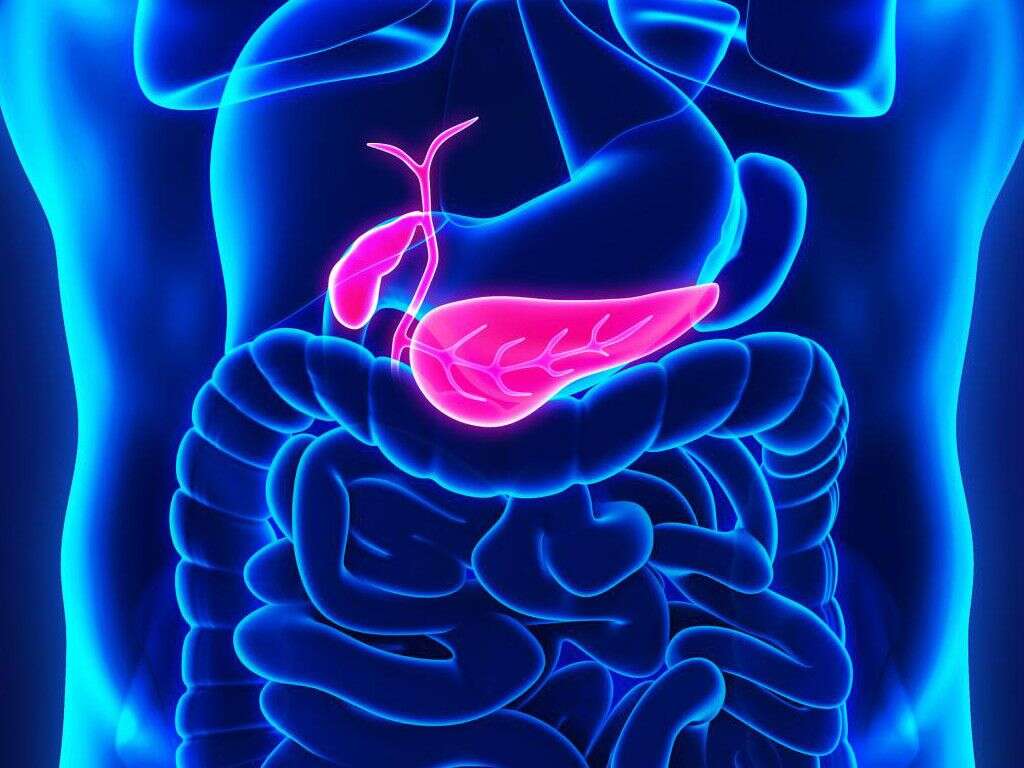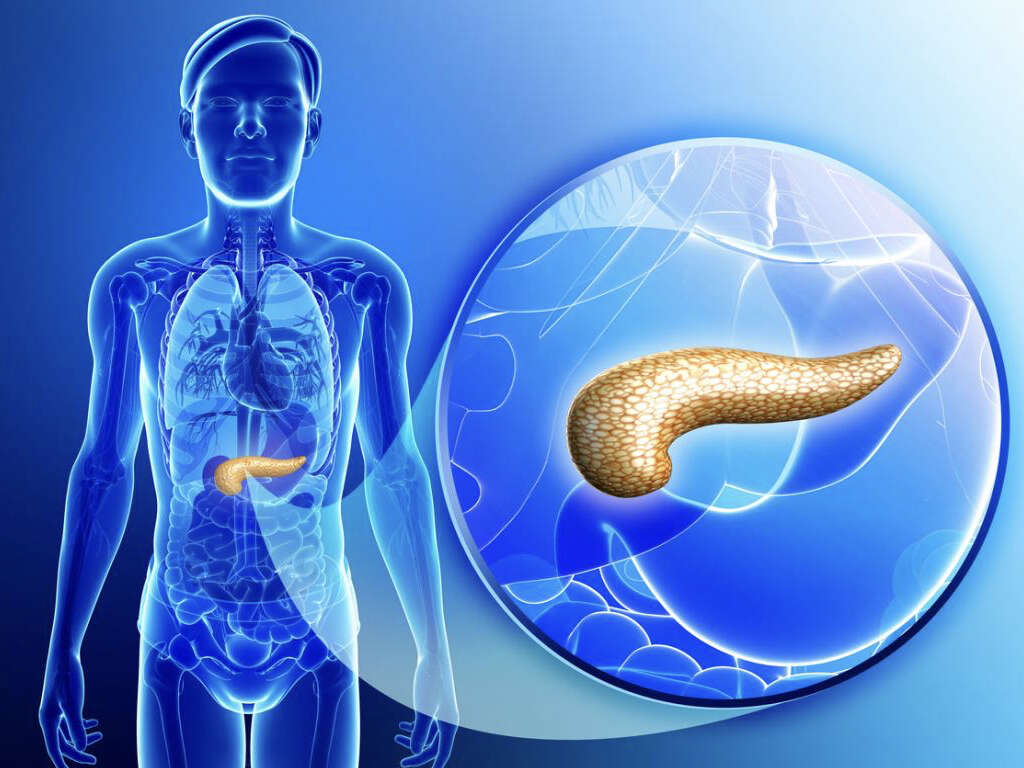10 Dyslipidemia Symptoms
 Article Sources
Article Sources
- 1. Dyslipidemia (Hyperlipidemia) by Michael H. Davidson, et al. 'Dyslipidemia - Endocrine and Metabolic Disorders.' Merck Manuals Professional Edition, Merck Manuals, www.merckmanuals.com/professional/endocrine-and-metabolic-disorders/lipid-disorders/dyslipidemia
- 2. Acute Pancreatitis By Michael Bartel, et al. 'Acute Pancreatitis - Gastrointestinal Disorders.' Merck Manuals Professional Edition, Merck Manuals, www.merckmanuals.com/professional/gastrointestinal-disorders/pancreatitis/acute-pancreatitis#v892817
- 3. 'Enlarged Liver: MedlinePlus Medical Encyclopedia.' MedlinePlus, U.S. National Library of Medicine, medlineplus.gov/ency/article/003275.htm
- 4. 'Hypersplenism: MedlinePlus Medical Encyclopedia.' MedlinePlus, U.S. National Library of Medicine, medlineplus.gov/ency/article/001314.htm
- 5. Dyslipidemia (Hyperlipidemia) By Michael H. Davidson, et al. Dyslipidemia - Hormonal and Metabolic Disorders. Merck Manuals Consumer Version, Merck Manuals, www.merckmanuals.com/home/hormonal-and-metabolic-disorders/cholesterol-disorders/dyslipidemia
- 6. 'Paresthesia Information Page.' National Institute of Neurological Disorders and Stroke, U.S. Department of Health and Human Services, www.ninds.nih.gov/Disorders/All-Disorders/Paresthesia-Information-Page
- 7. Dyspnea By Rebecca Dezube, et al. 'Dyspnea - Pulmonary Disorders.' Merck Manuals Professional Edition, Merck Manuals, www.merckmanuals.com/professional/pulmonary-disorders/symptoms-of-pulmonary-disorders/dyspnea
- 8. 'Xanthoma.' Mount Sinai Health System, www.mountsinai.org/health-library/diseases-conditions/xanthoma
- 9. Streja, Elani. 'Management of Dyslipidemia in the Elderly.' Endotext /[Internet/]., U.S. National Library of Medicine, 21 Sept. 2020, www.ncbi.nlm.nih.gov/books/NBK279133/
Dyslipidemia occurs when a person's blood lipid levels are too low or too high. Blood lipids are either triglycerides, cholesterol and cholesterol complexes, which are fatty substances. The three common forms of the condition include high levels of bad cholesterol or low-density lipoproteins, low amounts of good cholesterol or high-density lipoproteins.
Another potential cause is triglycerides which may develop when a person doesn't burn enough calories. Some people experience no dyslipidemia symptoms. However, individuals may notice signs as the condition worsens and other medical issues arise, such as acute pancreatitis, shortness of breath and unexplainable itching and tingling.1Dyslipidemia (Hyperlipidemia) by Michael H. Davidson, et al. ‘Dyslipidemia - Endocrine and Metabolic Disorders.’ Merck Manuals Professional Edition, Merck Manuals, www.merckmanuals.com/professional/endocrine-and-metabolic-disorders/lipid-disorders/dyslipidemia
No Symptoms
Dyslipidemia may cause no symptoms, making it hard to diagnose and stop before complications arise. Secondary conditions related to high cholesterol and triglycerides might be severe.
These include acute coronary syndromes, such as unstable angina and heart attacks. Other possibilities include stroke, peripheral arterial disease and complications of diabetes, all of which are serious and can lead to a severe loss of life quality. Nonetheless, patients can treat and reduce high cholesterol before cardiovascular conditions or other complications develop. Avoid missing yearly cholesterol screenings. These can detect problems before they get too severe.4‘Hypersplenism: MedlinePlus Medical Encyclopedia.’ MedlinePlus, U.S. National Library of Medicine, medlineplus.gov/ency/article/001314.htm
Acute Pancreatitis
Patients with dyslipidemia might experience severe inflammation of the pancreas, known as acute pancreatitis, it's a sign of an underlying disorder.
Individuals with acute pancreatitis might have abdominal pain, swollen abdomen, fever, rapid pulse, mild jaundice, fatigue, nausea and vomiting. Managing acute pancreatitis involves hospital care with IV fluids, oxygen, painkillers, nutritional support and treating the underlying cause. Anyone experiencing swelling in the abdominal area with pain and a fever should contact a physician.3‘Enlarged Liver: MedlinePlus Medical Encyclopedia.’ MedlinePlus, U.S. National Library of Medicine, medlineplus.gov/ency/article/003275.htm

Enlarged Liver
Patients with dyslipidemia might experience an enlarged liver, also known as hepatomegaly, which refers to the swelling of the liver beyond its normal size. Symptoms include abdominal pain, jaundice, fatigue, nausea, and vomiting.
Managing an enlarged liver involves treating the primary condition, such as reducing bad triglyceride and cholesterol levels. Anyone experiencing swelling in the abdominal area with pain and a fever due to issues with the liver, should contact a physician.3‘Enlarged Liver: MedlinePlus Medical Encyclopedia.’ MedlinePlus, U.S. National Library of Medicine, medlineplus.gov/ency/article/003275.htm
Enlarged Spleen
Additionally, the spleen may swell when a person has dyslipidemia. Symptoms of an enlarged spleen might include feeling too full after eating and pain on the left side of the stomach.
However, enlargement of the spleen often causes no symptoms. Finding the primary cause of the swelling is the only way to manage an enlarged spleen. If the physician suspects it's related to dyslipidemia, a strict diet and medication to reduce triglyceride and cholesterol levels is necessary.4‘Hypersplenism: MedlinePlus Medical Encyclopedia.’ MedlinePlus, U.S. National Library of Medicine, medlineplus.gov/ency/article/001314.htm

Burning Sensation
When triglycerides and cholesterol levels are extremely high, patients can experience other dyslipidemia symptoms along with an enlarged liver and spleen, such as a burning sensation in their hands and feet.
The burning sensation might be painful and may interfere with daily activities. Anyone experiencing a painful burning sensation in their hands and feet, or any other area of the body should speak with a physician as soon as possible.5Dyslipidemia (Hyperlipidemia) By Michael H. Davidson, et al. Dyslipidemia - Hormonal and Metabolic Disorders. Merck Manuals Consumer Version, Merck Manuals, www.merckmanuals.com/home/hormonal-and-metabolic-disorders/cholesterol-disorders/dyslipidemia
Itching and Tingling
High levels of triglycerides and cholesterol can lead to paresthesias, which is a feeling of prickling, tingling and itching of the skin. It can happen with no warning signs and for no apparent reason.
Paresthesias is sometimes a symptom of an underlying disease. It often results from nerve damage. More studies are necessary to determine why paresthesias occur in patients with dyslipidemia. To manage the condition, it's essential to find the exact cause.6‘Paresthesia Information Page.’ National Institute of Neurological Disorders and Stroke, U.S. Department of Health and Human Services, www.ninds.nih.gov/Disorders/All-Disorders/Paresthesia-Information-Page

Shortness of Breath
Shortness of breath, also known as dyspnea, may occur when a person has extremely high levels of triglycerides and cholesterol in their blood. Patients may also develop labored respiration. The pulmonary disorder is typically a secondary response to another condition.
Individuals having difficulty breathing, including shortness of breath that doesn't improve should seek emergency care. These symptoms can put extra stress on the heart and lead to a myocardial infarction, which is a heart attack.7Dyspnea By Rebecca Dezube, et al. ‘Dyspnea - Pulmonary Disorders.’ Merck Manuals Professional Edition, Merck Manuals, www.merckmanuals.com/professional/pulmonary-disorders/symptoms-of-pulmonary-disorders/dyspnea
Xanthomas
Xanthomas are small yellow nodules on the skin that's filled with cholesterol and other lipids. These vary in size and typically form over the joints of the fingers and near other joints, such as the elbow, knee and Achilles.
Xanthomas may also occur in people with lipid metabolism disorders, which are conditions that prevent the body from breaking down fats, such as Gaucher and Tay-Sachs disease, and those with dyslipidemia or high blood cholesterol levels.8‘Xanthoma.’ Mount Sinai Health System, www.mountsinai.org/health-library/diseases-conditions/xanthoma

Confusion
High triglyceride levels or certain drugs can cause confusion. One type of medication treatment to help lower cholesterol levels is statins. These are a class of drugs that may reduce the chance of heart attack or stroke.
Statins may cause confusion in older individuals, and the FDA added on the drug label this risk. Other side effects include other cognitive impairments, such as memory loss. There are several types of statins doctors may prescribe. These symptoms resolve when the medication is switched.9Streja, Elani. ‘Management of Dyslipidemia in the Elderly.’ Endotext /[Internet/]., U.S. National Library of Medicine, 21 Sept. 2020, www.ncbi.nlm.nih.gov/books/NBK279133/
Cholesterol Deposit on the Eyelids
Also known as xanthelasma, cholesterol deposits on the eyelid are yellow and can be soft, semisoft or slightly solid. These may form near the inner area of the eyelid or the lower lid. However, despite their appearance, cholesterol deposits on the eyelids don't cause vision problems.
Along with patients that have dyslipidemia, xanthelasma can occur in people that have primary biliary cirrhosis. In this case, the person has marked elevation of the lipid levels.










